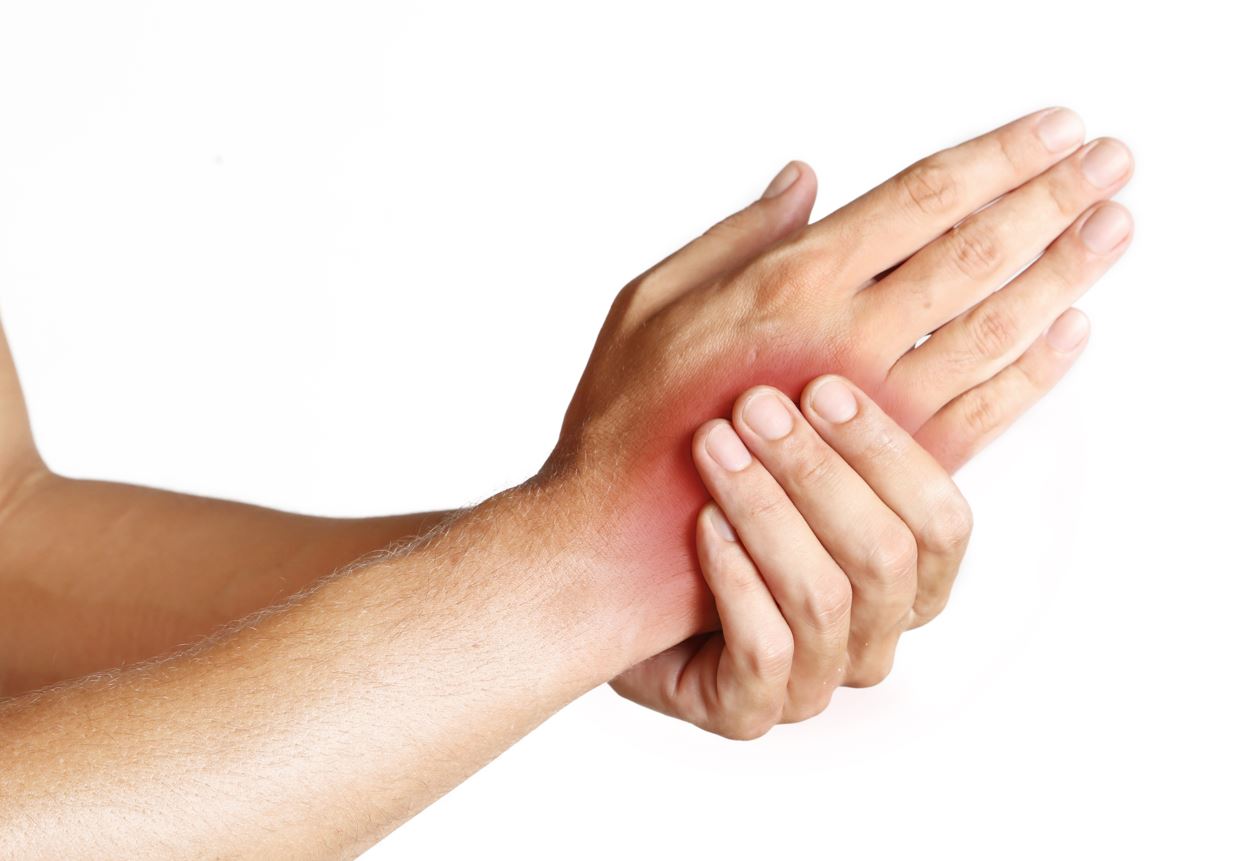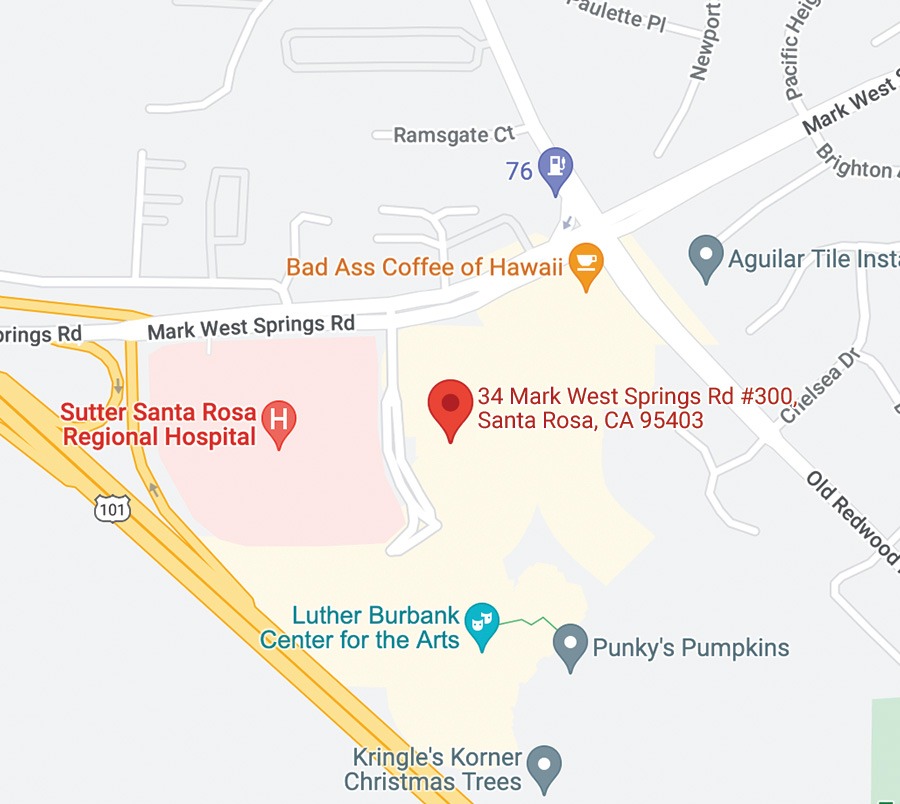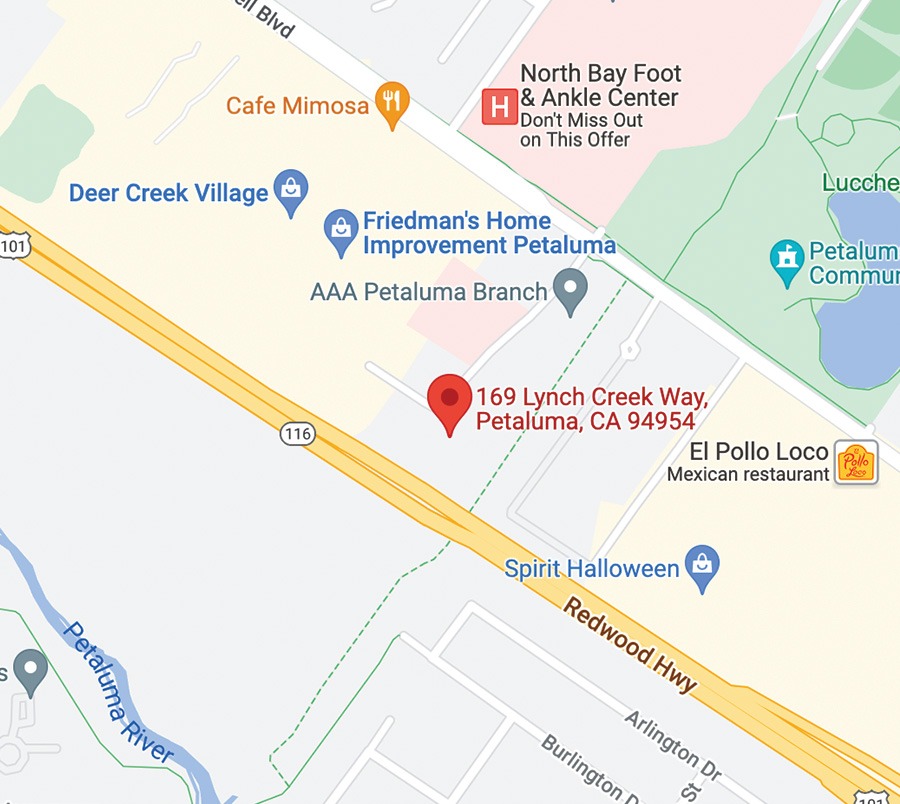
Carpal tunnel syndrome is a condition of the hand that can cause weakness, tingling, and/or numbness. With carpal tunnel, patients can experience a sensation of pain or tingling that travels up the forearm toward the shoulder. Arthritis can also cause pain and make grasping objects difficult, but for entirely different reasons. Carpal tunnel syndrome is caused by nerve compression and arthritis is caused by inflammation and damage to the joint.
The double whammy of carpel tunnel and arthritis
People who have arthritis of the hand are also more likely to develop carpal tunnel syndrome. Research on this topic suggests that about 10 percent of people who suffer with rheumatoid arthritis will also experience carpal tunnel syndrome. The most common type of arthritis, osteoarthritis, is also associated with carpal tunnel syndrome.
Carpal Tunnel Vs Arthritis
Carpal tunnel symptoms typically come with a prickling, burning sensation caused by compressing the median nerve (a narrow tunnel like structure formed by the bones and connective tissues from the elbow to the hand). Healthy tendons and median nerve allow the fingers of the hand to flex and extend normally.
The median nerve carries impulses to and from the palm side of the hand to the index, middle, ring finger and thumb. When the tissues of the tunnel become irritated due to repetitive movements such as typing and texting, they can swell and place pressure on the nerve.
In most situations, the symptoms of carpal tunnel syndrome occur gradually over time, and are not specific to an injury. Many patients find that symptoms are sporadic at first. Then, as the condition worsens, symptoms happen more frequently and may persist for longer periods of time.
Both carpal tunnel syndrome and arthritis can hinder the ability to perform routine activities, like getting dressed, picking up items, using a phone or a remote, as well as driving. Both can be triggered by an activity or repetitive motion.
Although symptoms may be similar to carpal tunnel, arthritis of the hand is very different. In the case of arthritis, the lining (synovium) of the joint becomes irritated and inflamed. This can be due to osteoarthritis (aka wear and tear arthritis), or some other inflammatory processes prompted by the body’s own immune response, causing the body to attack otherwise healthy tissue. The symptoms of arthritis include stiffness and soreness of the joint. It commonly originates the smaller joints of the hands.
Where clinical treatments for carpal tunnel and arthritis are very different, anti-inflammatory medications can help both. In the early stages rest and bracing often helps with symptoms of carpal tunnel, but these treatments are not usually very effective with arthritis. Carpal tunnel syndrome is can be mitigated by surgery. With the exception of partial or total joint replacement, surgery is not usually the first line of treatment for arthritis. Treatment for arthritis typically includes medications, exercise, and rehabilitation. Carpal tunnel may include rest, anti-inflammatory medications, surgery, exercise, and rehabilitation.
SRO Hand Center
The Hand Center affords each patient, state-of-the-art medical care in a friendly and compassionate environment. Our team treatment model focuses on diagnostics and meticulous surgical details, in addition to carefully monitored post-surgical rehabilitation and recovery.
When you lose mobility due to injury or disease, you want and deserve the best possible care. Specialized attention must be given to all of the physical elements that work together to create healthy function of the hand and arm. Surgeons and orthopaedic specialists at Santa Rosa Orthopaedics provide just that care.



